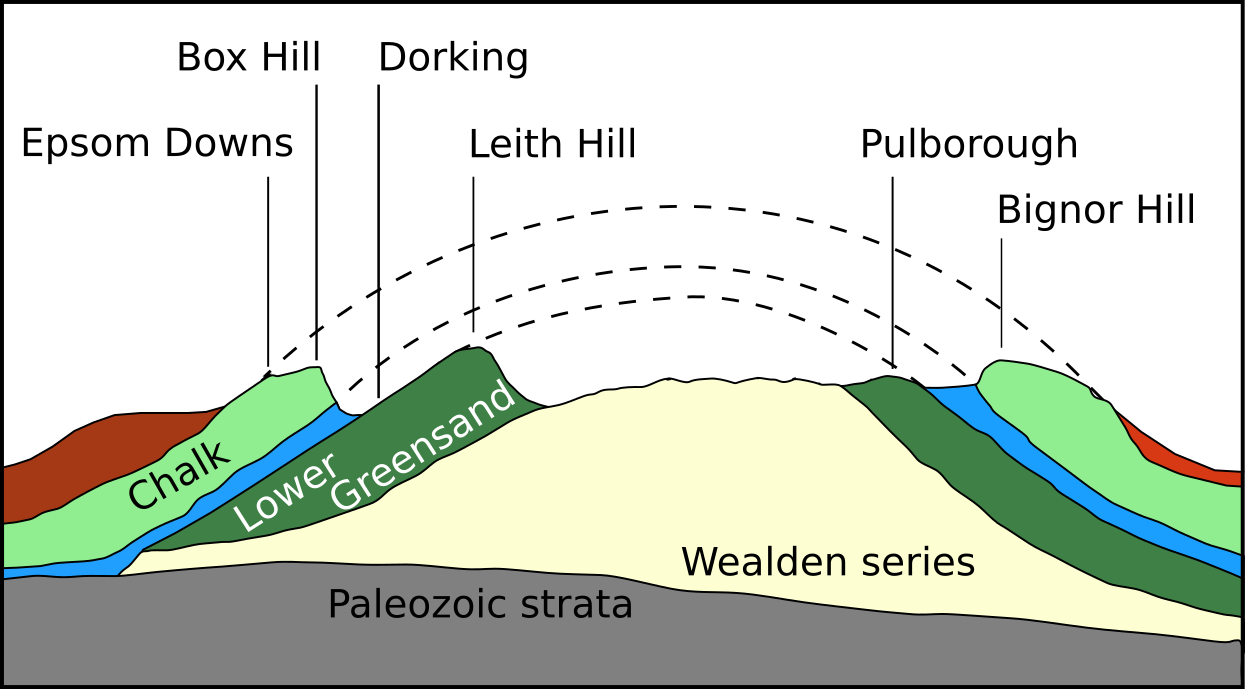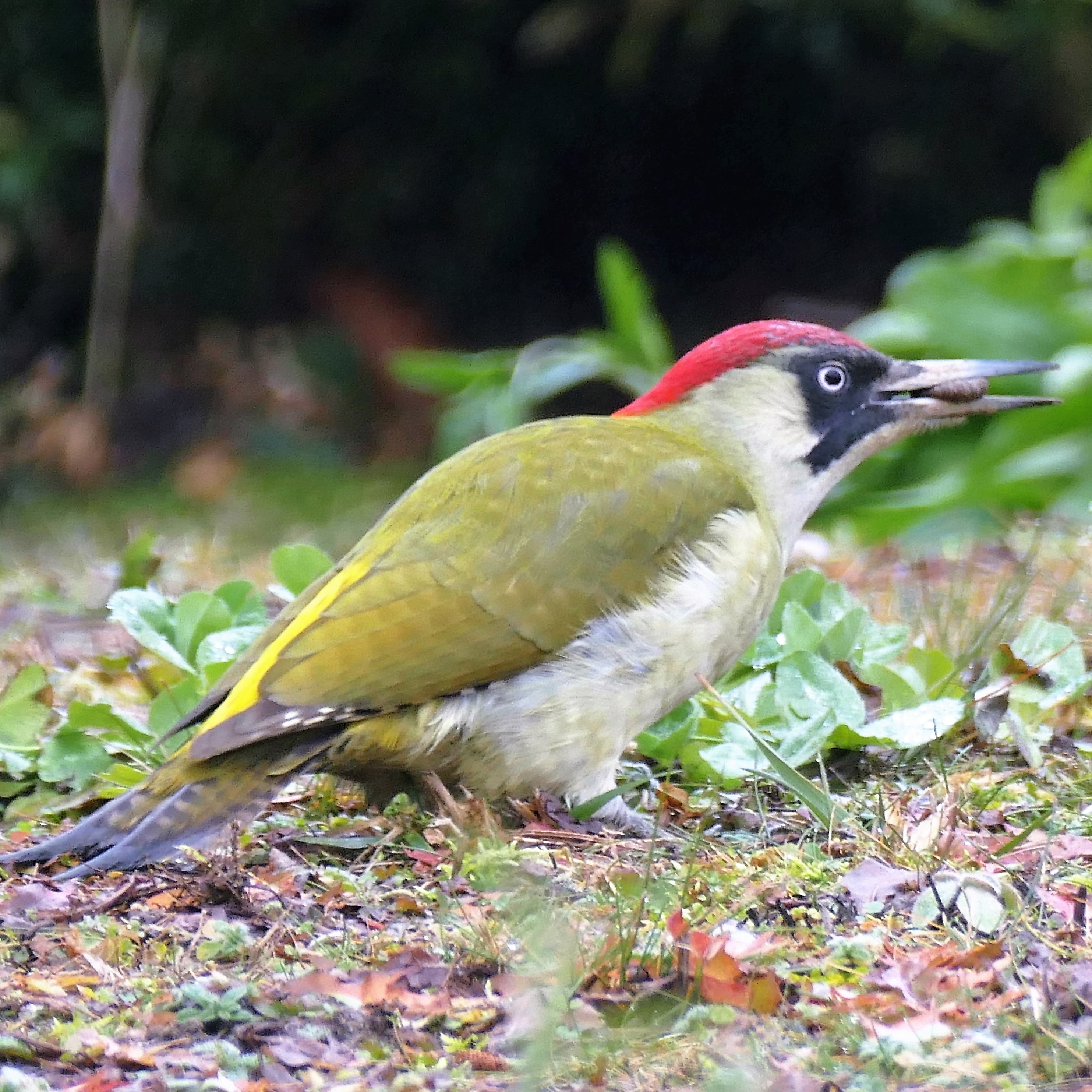|
Milton Heath And The Nower
Milton Heath and The Nower is a nature reserve west of Dorking in Surrey. It is owned by Mole Valley District Council. This site has woodland, heath and grassland. Birds include European green woodpecker, green woodpeckers, great spotted woodpeckers, tawny owls, Sitta europaea, nuthatches and Certhia familiaris, treecreepers. There is access from Westcott Road. Nature reserves in Surrey Mole Valley {{surrey-geo-stub ... [...More Info...] [...Related Items...] OR: [Wikipedia] [Google] [Baidu] |
Dorking
Dorking () is a market town in Surrey in South East England, about south of London. It is in Mole Valley District and the council headquarters are to the east of the centre. The High Street runs roughly east–west, parallel to the Pipp Brook and along the northern face of an outcrop of Lower Greensand. The town is surrounded on three sides by the Surrey Hills Area of Outstanding Natural Beauty and is close to Box Hill and Leith Hill. The earliest archaeological evidence of human activity is from the Mesolithic and Neolithic periods, and there are several Bronze Age bowl barrows in the local area. The town may have been the site of a staging post on Stane Street during Roman times, however the name 'Dorking' suggests an Anglo-Saxon origin for the modern settlement. A market is thought to have been held at least weekly since early medieval times and was highly regarded for the poultry traded there. The Dorking breed of domestic chicken is named after the tow ... [...More Info...] [...Related Items...] OR: [Wikipedia] [Google] [Baidu] |
Surrey
Surrey () is a ceremonial and non-metropolitan county in South East England, bordering Greater London to the south west. Surrey has a large rural area, and several significant urban areas which form part of the Greater London Built-up Area. With a population of approximately 1.2 million people, Surrey is the 12th-most populous county in England. The most populated town in Surrey is Woking, followed by Guildford. The county is divided into eleven districts with borough status. Between 1893 and 2020, Surrey County Council was headquartered at County Hall, Kingston-upon-Thames (now part of Greater London) but is now based at Woodhatch Place, Reigate. In the 20th century several alterations were made to Surrey's borders, with territory ceded to Greater London upon its creation and some gained from the abolition of Middlesex. Surrey is bordered by Greater London to the north east, Kent to the east, Berkshire to the north west, West Sussex to the south, East Suss ... [...More Info...] [...Related Items...] OR: [Wikipedia] [Google] [Baidu] |
Mole Valley District Council
Mole Valley is a local government district in Surrey, England. Its council is based in Dorking. The other town in the district is Leatherhead. The largest villages are Ashtead, Fetcham and Great Bookham, in the northern third of the district. Most of the district is on the escarpments of or adjoins the Surrey Hills AONB (the North Downs and Greensand Ridge including locally Leith Hill, Polesden Lacey, Box Hill and Denbies Wine Estate, the largest vineyard in the country and several golf courses) The North Downs are followed or parallelled by the Pilgrims' Way. There are stations on the London–Worthing and Reading–Gatwick Airport railways, and in the northern third, a commuter stopping-service pattern line, London–Guildford (via Epsom) line. The A24 road and the M25 motorway are the main thoroughfares and relative to London the incidence of car ownership is high. The area hosts hill-focussed sub-laps of the London–Surrey Classic cycling tour each year. Towns * D ... [...More Info...] [...Related Items...] OR: [Wikipedia] [Google] [Baidu] |
European Green Woodpecker
The European green woodpecker (''Picus viridis'') is a large green woodpecker with a bright red crown and a black moustache. Males have a red centre to the moustache stripe which is absent in females. It is resident across much of Europe and the western Palearctic but in Spain and Portugal it is replaced by the similar Iberian green woodpecker (''Picus sharpei''). The European green woodpecker spends much of its time feeding on ants on the ground and does not often 'drum' on trees like other woodpecker species. Though its vivid green and red plumage is particularly striking, it is a shy bird, and is more often heard than seen, drawing attention with its loud calls. A nest hole is excavated in a tree; four to six eggs are laid which hatch after 19–20 days. Taxonomy The European green woodpecker was formally described by the Swedish naturalist Carl Linnaeus in 1758 in the tenth edition of his ''Systema Naturae'' under its current binomial name ''Picus viridis''. The type loc ... [...More Info...] [...Related Items...] OR: [Wikipedia] [Google] [Baidu] |
Great Spotted Woodpecker
The great spotted woodpecker (''Dendrocopos major'') is a medium-sized woodpecker with pied black and white plumage and a red patch on the lower belly. Males and young birds also have red markings on the neck or head. This species is found across the Palearctic including parts of North Africa. Across most of its range it is resident, but in the north some will migrate if the conifer cone crop fails. Some individuals have a tendency to wander, leading to the recent recolonisation of Ireland and to vagrancy to North America. Great spotted woodpeckers chisel into trees to find food or excavate nest holes, and also drum for contact and territorial advertisement; like other woodpeckers, they have anatomical adaptations to manage the physical stresses from the hammering action. This species is similar to the Syrian woodpecker. This woodpecker occurs in all types of woodlands and eats a variety of foods, being capable of extracting seeds from pine cones, insect larvae from inside trees ... [...More Info...] [...Related Items...] OR: [Wikipedia] [Google] [Baidu] |
Tawny Owl
The tawny owl (''Strix aluco''), also called the brown owl, is commonly found in woodlands across Europe to western Siberia, and has seven recognized subspecies. It is a stocky, medium-sized owl, whose underparts are pale with dark streaks, and whose upper body may be either brown or grey. (In several subspecies, individuals may be of either color.) The tawny owl typically makes its nest in a tree hole where it can protect its eggs and young against potential predators. It is non-migratory and highly territorial: as a result, when young birds grow up and leave the parental nest, if they cannot find a vacant territory to claim as their own, they will often starve. The tawny owl is a nocturnal bird of prey. It is able to hunt successfully at night because of its vision and hearing adaptations and its ability to fly silently. It usually hunts by dropping suddenly from a perch and seizing its prey, which it swallows whole. It hunts mainly rodents, although in urbanized areas its ... [...More Info...] [...Related Items...] OR: [Wikipedia] [Google] [Baidu] |
Sitta Europaea
The Eurasian nuthatch or wood nuthatch (''Sitta europaea'') is a small passerine bird found throughout the Palearctic and in Europe. Like other nuthatches, it is a short-tailed bird with a long bill, blue-gray upperparts and a black eye-stripe. It is a vocal bird with a repeated loud ''dwip'' call. There are more than 20 subspecies in three main groups; birds in the west of the range have orange-buff underparts and a white throat, those in Russia have whitish underparts, and those in the east have a similar appearance to European birds, but lack the white throat. Its preferred habitat is mature deciduous or mixed woodland with large, old trees, preferably oak. Pairs hold permanent territories, and nest in tree holes, usually old woodpecker nests, but sometimes natural cavities. If the entrance to the hole is too large, the female plasters it with mud to reduce its size, and often coats the inside of the cavity too. The 6–9 red-speckled white eggs are laid on a deep base of pi ... [...More Info...] [...Related Items...] OR: [Wikipedia] [Google] [Baidu] |
Certhia Familiaris
The Eurasian treecreeper or common treecreeper (''Certhia familiaris'') is a small passerine bird also known in the British Isles, where it is the only living member of its genus, simply as treecreeper. It is similar to other treecreepers, and has a curved bill, patterned brown upperparts, whitish underparts, and long stiff tail feathers which help it creep up tree trunks. It can be most easily distinguished from the similar short-toed treecreeper, which shares much of its European range, by its different song. The Eurasian treecreeper has nine or more subspecies which breed in different parts of its range in the Palearctic. This species is found in woodlands of all kinds, but where it overlaps with the short-toed treecreeper in western Europe it is more likely to be found in coniferous forests or at higher altitudes. It nests in tree crevices or behind bark flakes, and favours introduced giant sequoia as nest sites where they are available. The female typically lays five or six p ... [...More Info...] [...Related Items...] OR: [Wikipedia] [Google] [Baidu] |
Nature Reserves In Surrey
Nature, in the broadest sense, is the physics, physical world or universe. "Nature" can refer to the phenomenon, phenomena of the physical world, and also to life in general. The study of nature is a large, if not the only, part of science. Although humans are part of nature, human activity is often understood as a separate category from other natural phenomena. The word ''nature'' is borrowed from the Old French ''nature'' and is derived from the Latin word ''natura'', or "essential qualities, innate disposition", and in ancient times, literally meant "birth". In ancient philosophy, ''natura'' is mostly used as the Latin translation of the Greek word ''physis'' (φύσις), which originally related to the intrinsic characteristics of plants, animals, and other features of the world to develop of their own accord. The concept of nature as a whole, the physical universe, is one of several expansions of the original notion; it began with certain core applications of the word � ... [...More Info...] [...Related Items...] OR: [Wikipedia] [Google] [Baidu] |



.jpg)
.jpg)
.jpg)
.jpg)